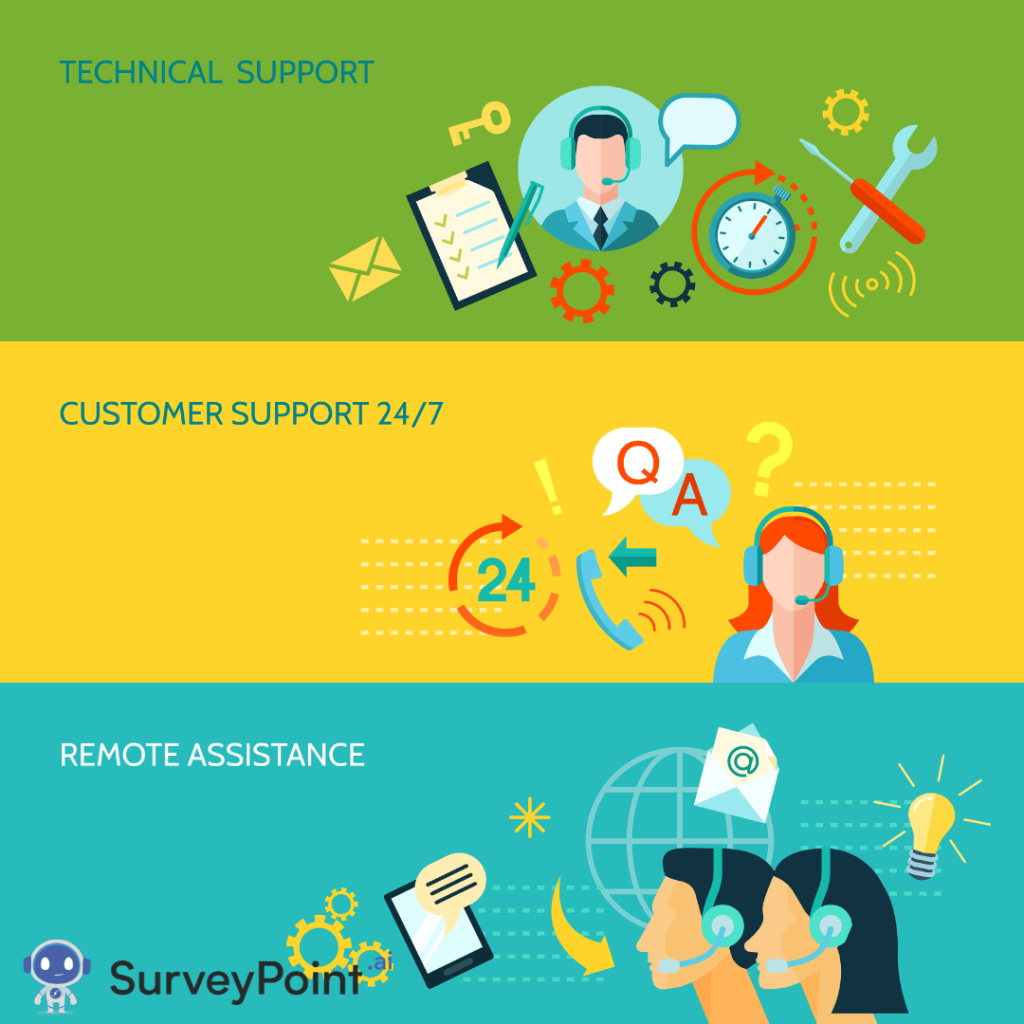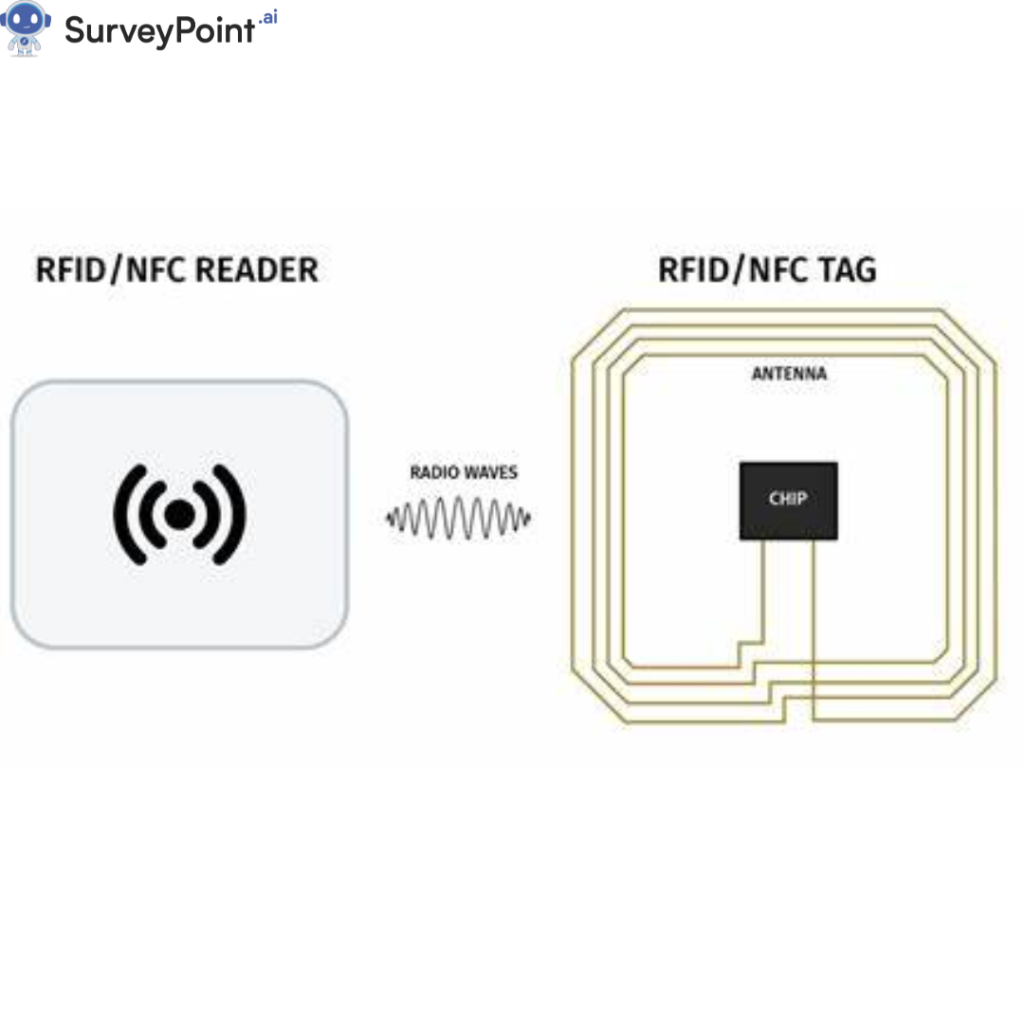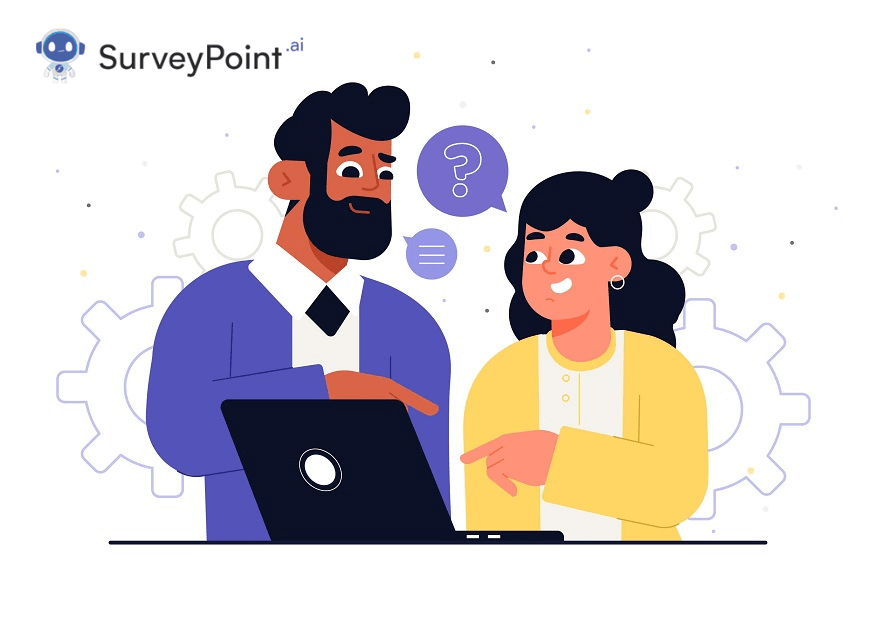
Customer service is the heart of any successful business. In an era where customers have endless options, the way they are treated can make or break their loyalty to a brand. Exceptional customer service isn’t just about resolving issues; it’s about creating a memorable experience that keeps customers coming back. Improving your team’s customer service skills is crucial to achieving this goal.
In this blog, we’ll explore six essential tips that will help your team enhance their customer service skills, leading to happier customers and a stronger business.
Tip 1: Elevate Communication Skills for Clearer Customer Interactions
Communication is the cornerstone of exceptional customer service. Whether your team is interacting with customers over the phone, via email, or in person, the ability to convey information clearly and empathetically can significantly impact customer satisfaction.
The Power of Effective Verbal and Written Communication:
- Verbal Communication: Encourage your team to use positive language and a friendly tone in all interactions. Training in articulating thoughts clearly and avoiding jargon that might confuse customers is essential.
- Written Communication: Ensure that written correspondence, such as emails and chat messages, is concise, professional, and free from grammatical errors. Templates that can be personalized for common customer inquiries can be incredibly helpful.
Techniques for Improving Active Listening and Responsiveness:
- Active Listening: Teach your team to listen attentively to customers, allowing them to fully express their concerns before responding. Active listening involves not just hearing but understanding the customer’s perspective and responding appropriately.
Example of Effective Communication:
- Good Communication: “I understand that you’re upset, and I’m here to help resolve this issue for you as quickly as possible.”
- Poor Communication: “I don’t know why this happened, but I guess we’ll figure it out.”
By focusing on clear and empathetic communication, your team can build stronger relationships with customers, leading to higher satisfaction and loyalty.
Tip 2: Cultivate Empathy and Emotional Intelligence in Customer Service
Empathy is the ability to understand and share the feelings of others, and it is a crucial element of customer service. When your team can connect with customers on a personal level, it makes customers feel valued and understood.
Understanding the Customer’s Perspective:
- Why Empathy Matters: Empathetic customer service leads to higher satisfaction, as customers feel that their concerns are being taken seriously. Emotional intelligence (EQ) enhances the ability to manage and respond to emotions, both their own and those of customers, leading to more effective conflict resolution.
Strategies to Build Empathy and Emotional Intelligence in Your Team:
- Role-Playing Exercises: Use scenarios where team members must respond to difficult customer situations, emphasizing understanding and empathy.
- Active Feedback: Encourage team members to provide and receive feedback on their interactions, focusing on empathy and emotional intelligence.
Case Study:
A well-known retail company trained its customer service representatives in empathy by having them spend a day in the customer’s shoes. This experience led to a significant increase in customer satisfaction scores.
Empathy and emotional intelligence are not just skills but mindsets that can transform the way your team interacts with customers, leading to more positive outcomes.
Tip 3: Sharpen Problem-Solving Skills to Enhance Customer Satisfaction
Problem-solving is at the core of customer service. Customers often reach out to service teams when they encounter issues, and the ability to resolve these problems efficiently is key to their satisfaction.
Creative Approaches to Solving Customer Issues:
- Encourage Creativity: Allow your team the freedom to think outside the box when addressing customer issues. Creativity in problem-solving can lead to innovative solutions that exceed customer expectations.
- Critical Thinking: Train your team to analyze problems from multiple angles and consider all possible solutions before deciding on the best course of action.
Implementing Effective Problem-Solving Frameworks:
- Tools and Techniques: Introduce problem-solving frameworks like the 5 Whys or Root Cause Analysis to help your team systematically identify and resolve issues.
Example:
A software company faced recurring issues with a specific feature. By using Root Cause Analysis, the customer service team identified the underlying issue, leading to a permanent fix and increased customer satisfaction.
Effective problem-solving not only resolves customer issues but also builds trust and loyalty by showing customers that your team is capable and committed to meeting their needs.
Tip 4: Commit to Continuous Training and Development
Customer service is an evolving field, and continuous training is essential to keep your team’s skills sharp. Regular training not only improves performance but also boosts team morale and confidence.
The Importance of Ongoing Skill Enhancement:
- Workshops and Seminars: Regular sessions focusing on different aspects of customer service, such as handling difficult customers or using new technology, can keep your team updated and prepared.
- Role-Playing: Simulate real-world scenarios to practice and refine skills, allowing team members to gain confidence in handling various situations.
- Feedback Sessions: Regular one-on-one feedback sessions to discuss strengths and areas for improvement help create a culture of continuous improvement.
Designing Impactful Training Programs and Workshops:
- Tailored Training: Customize training programs to address specific needs within your team. Whether it’s improving communication, empathy, or technical skills, targeted training can have a significant impact.
Success Story:
A financial services company implemented a monthly training program focusing on customer service skills. As a result, customer satisfaction scores increased by 20% within six months.
Continuous training ensures that your team remains at the forefront of customer service excellence, adapting to new challenges and exceeding customer expectations.
Tip 5: Build a Positive and Collaborative Team Culture
A positive work environment has a direct impact on the quality of customer service. When your team feels supported and valued, they are more likely to provide exceptional service to customers.
Creating a Work Environment That Promotes Customer Service Excellence:
- Recognition and Rewards: Regularly acknowledge and reward team members for their contributions to customer service excellence. Recognition can be a powerful motivator.
- Team Building: Organize activities that promote teamwork and collaboration. A cohesive team is more likely to work together to solve customer issues effectively.
- Supportive Leadership: Lead by example, showing empathy and support to your team. Encourage an open-door policy where team members feel comfortable sharing their concerns and ideas.
The Role of Leadership in Fostering Team Collaboration:
- Lead by Example: Leadership plays a crucial role in shaping the culture of customer service. By demonstrating the values of empathy, communication, and problem-solving, leaders can inspire their teams to follow suit.
Example:
A tech company known for its outstanding customer service attributes its success to a collaborative culture. Team members are encouraged to work together to solve customer problems, leading to faster resolutions and higher customer satisfaction.
A positive and collaborative team culture not only improves customer service but also enhances overall job satisfaction and retention within your team.
Tip 6: Leverage Cutting-Edge Technology for Superior Customer Service
Technology can be a powerful ally in improving customer service. By leveraging the right tools, your team can streamline processes, reduce response times, and provide more personalized service.
The Benefits of CRM Systems, Chatbots, and AI Tools:
- CRM Systems: Use Customer Relationship Management (CRM) systems to track customer interactions, manage inquiries, and provide personalized service. A well-implemented CRM can give your team the information they need to serve customers effectively.
- Chatbots and AI: Implement chatbots to handle routine inquiries, freeing up your team to focus on more complex issues. AI tools can also help predict customer needs and personalize interactions.
Preparing Your Team for the Future of Customer Service:
- Training on Tools: Ensure your team is well-trained on the technology they use so they can leverage it effectively to assist customers. Regular updates and training on new tools will keep your team at the cutting edge.
- Future Trends: The future of customer service lies in AI and machine learning, which can predict customer needs and automate many aspects of service delivery. Staying ahead of these trends will give your team a competitive edge.
By integrating technology into your customer service strategy, you can enhance the efficiency and effectiveness of your team, leading to improved customer experiences.
Conclusion: The Long-Term Benefits of Investing in Customer Service Skills
Improving your team’s customer service skills is not a one-time effort but an ongoing process. By elevating communication, developing empathy, mastering problem-solving, committing to continuous training, fostering a positive culture, and leveraging technology, you can create a customer service team that not only meets but exceeds customer expectations.
The long-term benefits of these efforts include higher customer satisfaction, increased loyalty, and ultimately, a stronger bottom line for your business. By investing in these areas, you are not just improving customer service but also building a foundation for sustained business success.
Implement these tips today to start seeing a transformative difference in your customer service performance.




